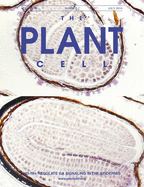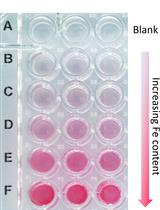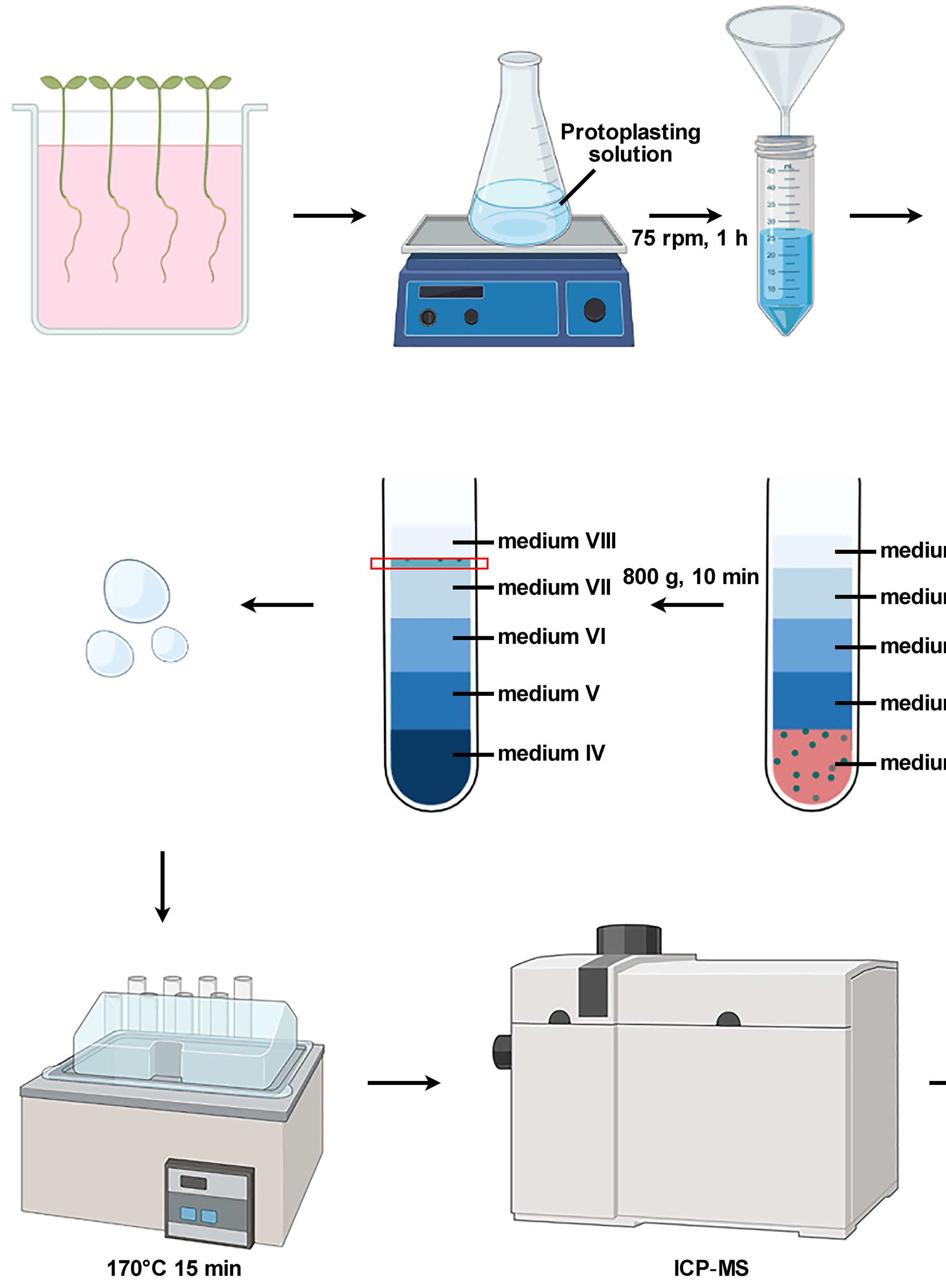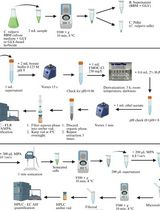- EN - English
- CN - 中文
Quantification of Uric Acid or Xanthine in Plant Samples
植物样本中尿酸或黄嘌呤的定量测定
发布: 2015年07月05日第5卷第13期 DOI: 10.21769/BioProtoc.1523 浏览次数: 8295
评审: Ru ZhangHarrie van ErpAnonymous reviewer(s)
Abstract
We developed this protocol to assay and quantify the content of uric acid or xanthine in various tissues of Arabidopsis thaliana mutant lines with defective urate oxidase or xanthine dehydrogenase1 and in their complementation and suppressor lines (Hauck et al., 2014).
The protocol is based on a method developed by Invitrogen Life Technologies for measuring uric acid or xanthine in human serum (see References 2 and 3). That protocol though required two adaptions for its use in plant science. Firstly by heating the plant samples, the activity of urate oxidase and xanthine dehydrogenase in the wild type samples is eliminated. Wild type extracts always serve as the proper pigmentation background when calculating the standard curves of uric acid and xanthine. Secondly, all samples are measured with and without the addition of urate oxidase or xanthine dehydrogenase to correct for any H2O2 in the samples induced by previous stress.
The assay is based on the following pair of coupled reactions:
1) Uric acid + O2 → Hydroxyisourate + H2O2 (urate oxidase reaction)
2) AR + H2O2 → Resorufin + O2 (horse radish peroxidase reaction)
Accordingly for Xanthine:
1) Xanthine + H2O + O2 → Uric acid + H2O2 (xanthine oxidase reaction)
2) AR + H2O2 → Resorufin + O2 (horse radish peroxidase reaction)
Materials and Reagents
- Sea sand (e.g. Merck, catalog number: 107711 ) to facilitate mechanically homogenizing the samples
- Liquid nitrogen
- Horse radish peroxidase (HRP) (e.g. Sigma-Aldrich, catalog number: P8375 )
- Urate oxidase (UOX) (e.g. Sigma-Aldrich, catalog number: U0880 )
- Xanthine oxidase (XO) (e.g. SERVA Electrophoresis GmbH, catalog number: 38418 )
- Amplex® ultra red (AR) (Life Technologies, InvitrogenTM, catalog number: A36006 )
- Uric acid (e.g. Sigma-Aldrich, catalog number: U2625 )
- Xanthine (e.g. Sigma-Aldrich, catalog number: X7375 )
- Dimethylsulfoxide (DMSO) (e.g. Sigma-Aldrich, catalog number: D4540 )
- Prepare 10 mM AR-stocks (see Recipes)
- Prepare stocks of HRP, UOX and XO (see Recipes)
Equipment
- Standard flat-bottom microplates (e.g. Greiner, catalog number: 655161 )
- Spectrophotometer equipped for reading multiwell plates (e.g. MultiSkan Go, Thermo Fisher Scientific)
- Heating block with shaker function
- Ultracentrifuges for 20,000 x g (and ideally for 40,000 x g)
- Rotator for grinding samples (e.g. Heidolph RZR 2020, but a simpler device may also do) with a tissue-grinder which fits neatly into a conically-tapered 1.5 ml tube (see Figure 1).

Figure 1. Tissue grinder for microtubes (Taylor Scientific)
- Precision analytic balance, e.g. Mettler Toledo XS series, ideally equipped with an ErgoClip holder for 1.5 ml tubes
- Heated magnetic stirrer
- Micropipettes (1,000, 200, 100, 20 µl)
- Multi-channel micropipette (range 50-200 µl)
- 1.5 ml reaction tubes
- 0.5 ml reaction tubes
- 15 ml tubes (if dilutions of extracts become necessary)
Procedure
文章信息
版权信息
© 2015 The Authors; exclusive licensee Bio-protocol LLC.
如何引用
Hauck, O. K. and Witte, C. (2015). Quantification of Uric Acid or Xanthine in Plant Samples. Bio-protocol 5(13): e1523. DOI: 10.21769/BioProtoc.1523.
分类
植物科学 > 植物生物化学 > 其它化合物
您对这篇实验方法有问题吗?
在此处发布您的问题,我们将邀请本文作者来回答。同时,我们会将您的问题发布到Bio-protocol Exchange,以便寻求社区成员的帮助。
Share
Bluesky
X
Copy link













